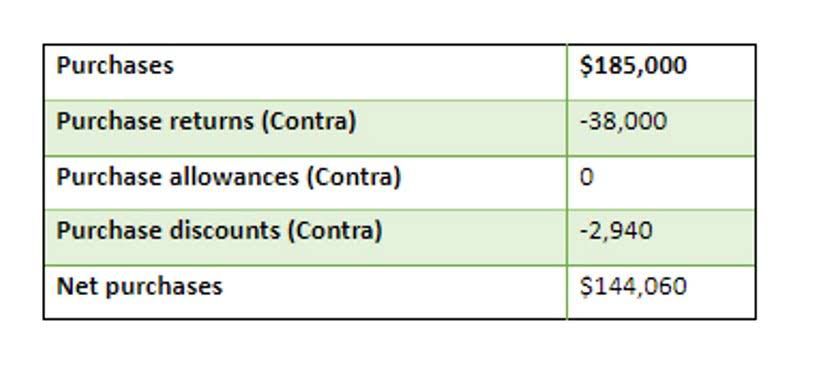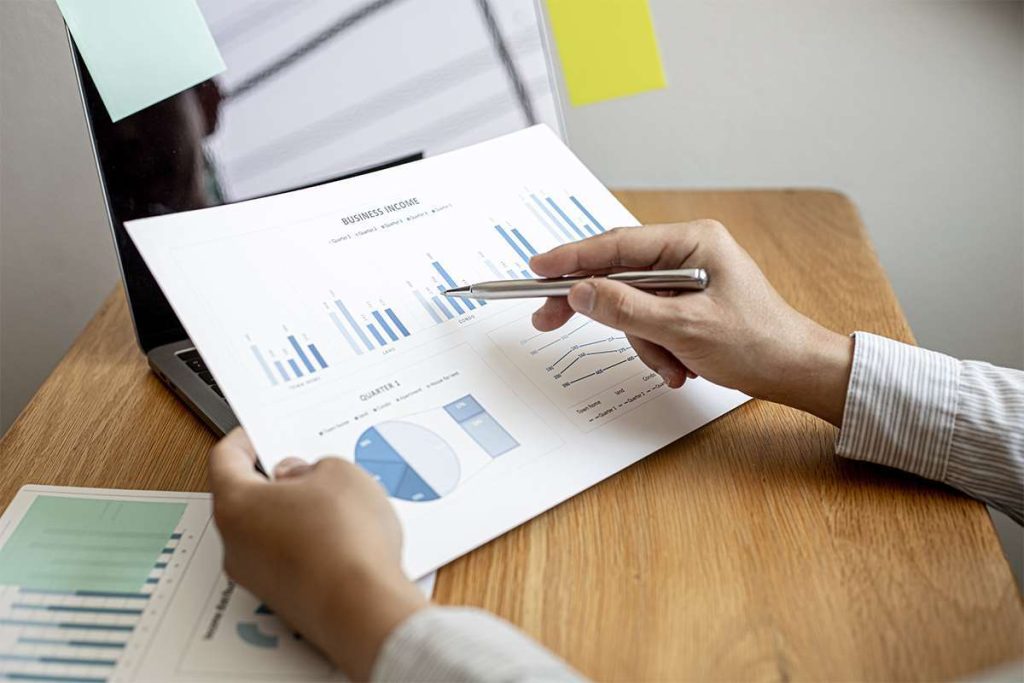
Join millions of self-starters in getting business resources, tips, and inspiring stories in your inbox. Start your free trial with Shopify today—then use these resources to guide you through every step of the process. Second, they can work to invest in new projects or expand the business. David is comprehensively experienced in many facets of financial and legal research and publishing. As an Investopedia fact checker since 2020, he has validated over 1,100 articles on a wide range of financial and investment topics.
Noncurrent Assets

When calculating current assets, be mindful of when the bill is expected to be paid. The main difference between current assets and liquid assets is the timeframe. A liquid asset must be able to be converted into cash immediately while current assets have a timeframe of one year. To understand a business’s short-term financial health, finance pros look at current assets.
Which of these is most important for your financial advisor to have?
- The business could liquidate all of its assets, pay down its debts, and have money left over.
- The quick ratio evaluates a company’s capacity to pay its short-term debt obligations through its most liquid or easily convertible assets.
- In this instance, only the payment to be made in the current year would be included in current assets as all other payments are beyond the scope.
- A liquid asset must be able to be converted into cash immediately while current assets have a timeframe of one year.
- This can include domestic or foreign currencies, but investments are not included.
- Examples of current assets include cash, accounts receivable, inventory, and short-term investments.
That’s why keeping a healthy amount of current assets helps a business run smoothly. These resources are often referred to as liquid assets because they are so easily converted into cash in a short period of time. Contrast that with a piece of equipment that is much more difficult to sell.
What is a Silent Partner? +How to Find One For Your Business
Accounts receivable result from the sale of goods or services on credit. When a customer purchases a good or service and agrees to pay for it at a later date, the amount is added to the accounts receivable account in a company’s general ledger. Because some customers are unlikely to pay their bills in full, accounts receivable must be discounted to allow for doubtful or uncollectible accounts. The discounted amount is considered to be a current asset because it is the total amount that is likely to be converted to cash in the near term. The main differences between the current and non-current assets are recording transactions their liquidity and time frame for conversion. Current assets are expected to be converted into cash or used up within a year, while non-current assets are held for longer periods.
- A company’s current liabilities are obligations that are due within one year.
- Automated invoicing systems can further streamline billing and improve collection efficiency.
- According to the current assets definition, these assets are crucial for enabling businesses to meet short-term obligations and sustain day-to-day operations.
- They typically use liquidity ratios to compare the assets with liabilities and other obligations of the company.
- Proper management of prepaid expenses ensures accurate financial reporting and cash flow planning.
- Current assets are typically listed in the order of their liquidity, meaning the ease with which they can be converted into cash.
- Effective management of cash and cash equivalents involves forecasting cash flow and investing in short-term instruments that align with the company’s risk tolerance and liquidity needs.
What Are 3 Types of Current Assets?
The liquidity of current assets makes them crucial for ensuring the company can meet its short-term liabilities and continue operating smoothly. Current assets are assets that a business owns and expects to convert into cash or use up within one year, with minimal risk of value loss. According to the current assets definition, these assets are crucial for enabling businesses to meet short-term obligations and sustain day-to-day operations. They include cash, cash equivalents, inventory, accounts receivable, and other liquid assets that can easily be converted into cash or used within a short time frame. Current assets are typically listed in the assets section of a balance sheet, what are current assets reflecting their importance in managing liquidity.

Marketable Securities
Marketable securities are liquid assets that can be quickly converted into cash, balancing liquidity management with investment strategy. These securities include equity and debt instruments actively traded on public markets, offering flexibility and potential returns. Noncurrent assets, on the other hand, are more long-term assets that are not expected to be converted into cash within a year from the date on the balance sheet.
They represent the assets that will become cash in a reasonable timeframe to pay down debts, fund daily operations, and reinvest in the business. Prepaid expenses include anything you’ve paid for but expect to benefit from over time. If you’ve paid for a year-long lease or an extended insurance policy, you have prepaid expenses. Report these on your company’s income statement over the period the payment covers.
Great! The Financial Professional Will Get Back To You Soon.

Adam Hayes, Ph.D., CFA, is a financial writer with 15+ years Wall Street experience as a derivatives trader. Besides his extensive derivative trading expertise, Adam is an expert in economics and behavioral finance. Adam received his master’s in economics from The New School for Social Research and his Ph.D. from the University of Wisconsin-Madison in sociology. He is a CFA charterholder as well as holding FINRA Series 7, 55 & 63 licenses. He currently researches and teaches economic sociology and the social studies of finance at the Hebrew University in Jerusalem. That means that throughout their lifespan, they will eventually be worth less than what the organization paid to purchase them.
They Are Useful For More Than One Accounting Period

If all outstanding payments have payment terms of less than a year, they’re considered current assets. However, this can get complicated for businesses that work long-term projects and have payments in intervals. Something Coffee Shop Accounting like inventory or accounts receivable would not be considered a liquid asset because of the difficulty to turn them into cash immediately.
